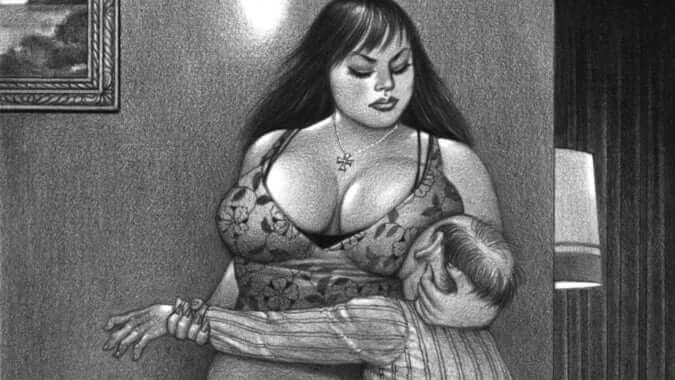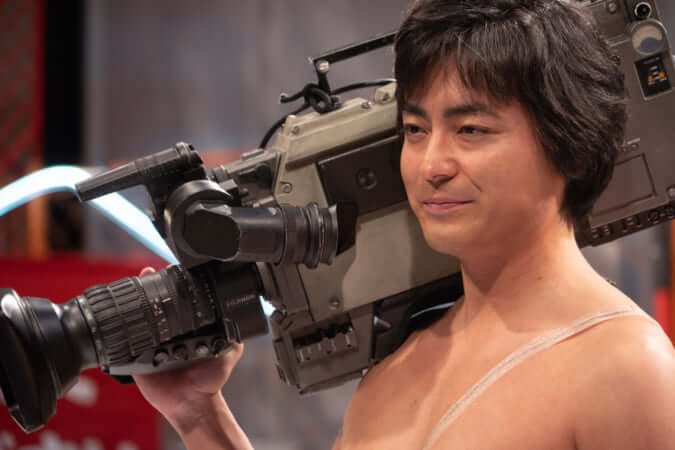The Cemetery Housing Thousands of LED Buddhas
The Koukokuji temple in Tokyo houses a columbarium adorned with 2046 glass buddhas, each lit up by LED bulbs.
View this post on Instagram
The Koukokuji temple sits at the foot of an ancient ginkgo biloba. Its external architecture resembles that of a traditional Buddhist funeral building, with large wooden doors and a curved roof. The space has a unique characteristic, however: anyone with a loved one laid to rest in the temple can light up the corresponding statue themselves using a smart card directly connected to the Buddha in question. The card is given to the family of the deceased when the ashes are placed inside the building. The ashes are stored there for 33 years, before being buried underneath the structure. Visitors will find neither incense sticks nor commemorative plaques; only a few flowers can be laid there.
This Buddhist temple is found in an impressive garden that houses a number of plant species, including 300-year-old ginkgos that survived the Kanto earthquake in 1923 and the air raids of 1945. There is also a small cemetery surrounded by ancient trees, each with an individual plaque at the base of their trunk providing information about their age.
The doors to the columbarium are normally open, but those without a card to light up the buddhas will need to ask the temple guardian for assistance. The latter will then launch a 15-minute light show during which the multitude of statues change colour, creating a variety of dazzling motifs that come to life inside the building.
View this post on Instagram
View this post on Instagram
Koukokuji Buddhist temple
2 Chome-20 Haramachi, Shinjuku City, Tokyo 162-0053, Japan
Open every day from 09:00 until 17:00
TRENDING
-
Ishiuchi Miyako, A Singular Perspective on Women
Recipient of the 2024 Women in Motion Award, the photographer creates intimate portraits of women through the objects they left behind.

-
Recipe for Ichiraku Ramen from ‘Naruto’ by Danielle Baghernejad
Taken from the popular manga with the character of the same name who loves ramen, this dish is named after the hero's favourite restaurant.

-
Namio Harukawa, Master of Japanese SM Art
'Garden of Domina' offers a dive into the world of an icon of ‘oshiri’, whose work has now reached a global audience.

-
The Tattoos that Marked the Criminals of the Edo Period
Traditional tattoos were strong signifiers; murderers had head tattoos, while theft might result in an arm tattoo.

-
The Emperor of Japanese Porn is Now the Star of a Netflix Series
Deliciously funny, The Naked Director especially succeeds in reviving the atmosphere that was so characteristic of 1980s Japan.





